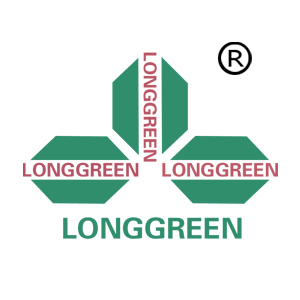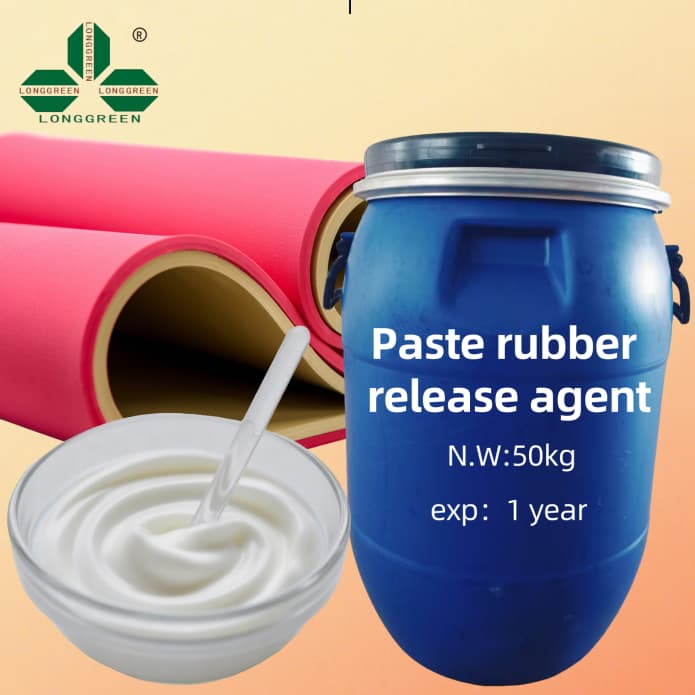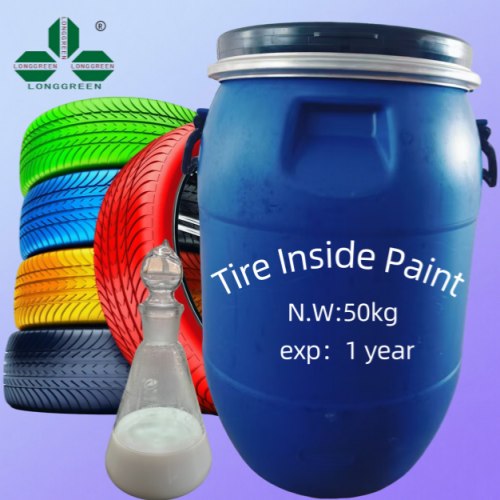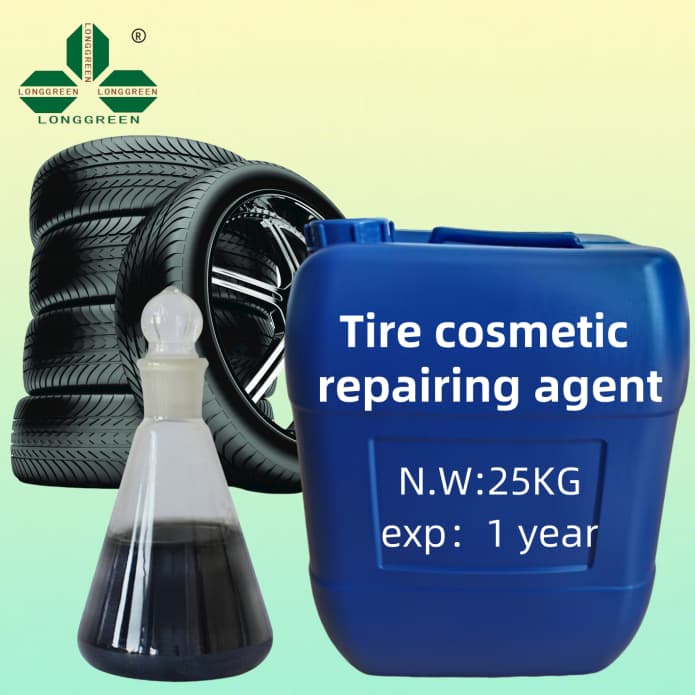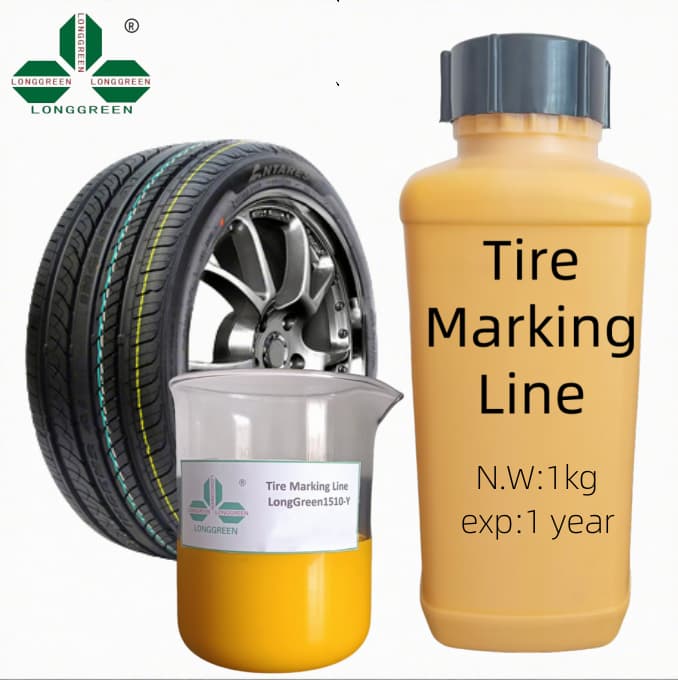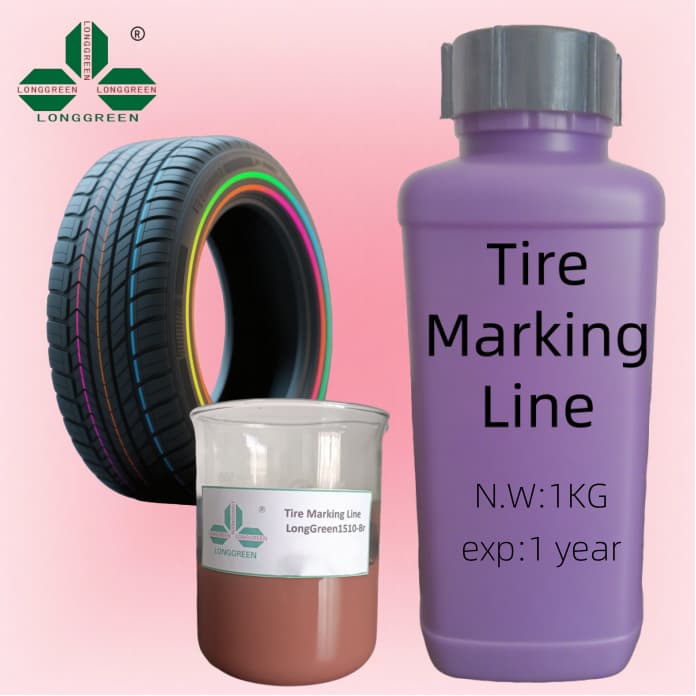Recent industry data indicates that the demand for Vulcanization promoter has risen steadily over the past year, fueled by the rebound of the automotive industry—especially the rapid expansion of electric vehicle (EV) production. EVs require high-performance rubber components, such as seals, hoses, and tires, which rely on advanced formulations to meet strict standards for wear resistance and thermal stability. This shift has prompted research institutions and industry players to invest in developing Vulcanization promoter products with better compatibility with eco-friendly rubber materials, as well as reduced environmental impact.

In terms of application scope, Vulcanization promoter is no longer limited to traditional rubber products. It is increasingly being used in specialty rubber sectors, including medical rubber (e.g., gloves and seals) and aerospace rubber components. Medical rubber requires Vulcanization promoter that meets strict biocompatibility standards, while aerospace applications demand variants that can withstand extreme temperatures and pressure. These niche markets are emerging as new growth drivers for the Vulcanization promoter industry, offering opportunities for further product customization. Looking ahead, the Vulcanization promoter market is expected to maintain its upward trajectory. The ongoing expansion of the tire industry in emerging economies, coupled with the growing adoption of sustainable rubber technologies, will continue to drive demand. Additionally, ongoing research into bio-based Vulcanization promoter—derived from renewable resources like plant oils—could open new avenues for the industry, further enhancing its sustainability profile. As the industry evolves, Vulcanization promoter will remain a core component in the global rubber supply chain, supporting innovation and growth across multiple sectors.
